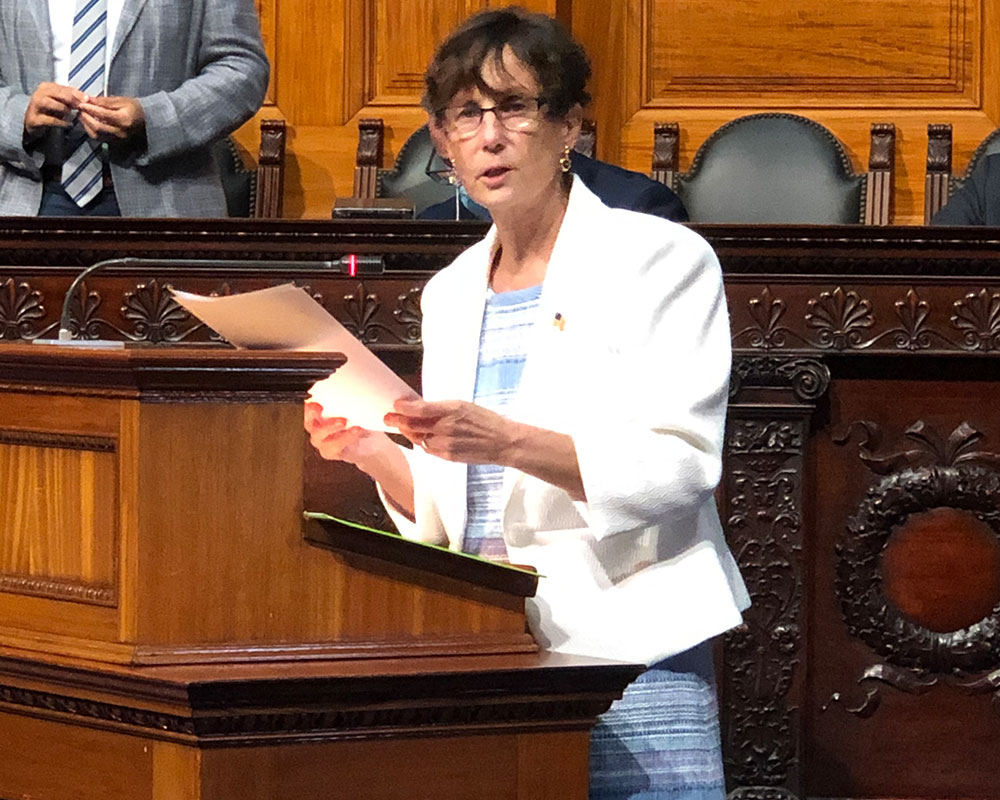A bill approved unanimously by the state House of Representatives requires the public be notified within two hours of untreated sewage entering a waterway.
Sponsored by Rep. Linda Dean Campbell of Methuen, the bill requires treatment plans to issue public advisories within two hours of an overflow and every eight hours thereafter until the discharge has ended. A final advisory would be required within two hours of the conclusion of the discharge.
“State government has a responsibility to ensure residents are notified in a timely manner of sewage discharges so that they can avoid serious health repercussions,” said Campbell. “This legislation is the first step, and an important one, in the process of eliminating (combined sewer overflows) CSOs. Notification will bring needed attention to this issue and allow our Commonwealth and local cities and towns to apply for federal grant money to upgrade infrastructure.”
The advisories would be made available online; sent via email or text message to subscribers; submitted to the two largest local news organizations; and distributed to local boards of health, all affected municipalities, the state Department of Public Health and the state Department of Environmental Protection. In addition, communities would be required to work with DEP to install metering equipment to detect and measure discharges and install signage at outfall locations and public access points to inform the public of the health risks.
Among the legislation’s cosponsors are Reps. Lenny Mirra of West Newbury, Andy Vargas of Haverhill, Christina Minicucci of North Andover and Frank Moran of Lawrence.
The legislation now heads to the Senate.
Sewage discharges often occur during heavy storms in communities whose wastewater and storm water drainage systems are combined. When storm water floods the system, overflow channels carry excess rain and sewage directly into nearby waterways. The resulting discharges carry pathogens such as fecal coliform and bacteria that can cause dysentery, hepatitis and other gastrointestinal diseases. This also causes algae blooms, which can be toxic to people and deprive water bodies of oxygen, killing fish and other marine life. For residents who use the river for boating and swimming, the risk of exposure is particularly high. Recent research also suggests that sewage discharges may be a source of exposure to COVID-19, making timely public notification all the more critical.

